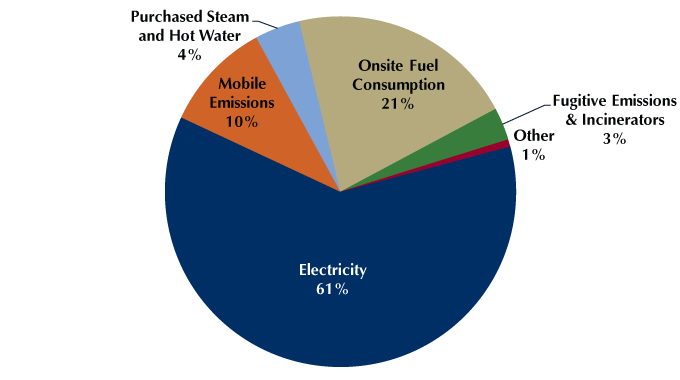As the country’s largest landlord, fleet operator, and purchaser of goods and services, the federal government can lead by example in moving the country toward a more sustainable future.
Taking that opportunity, the Obama Administration recently issued a new executive order, Planning for Federal Sustainability in the Next Decade, that builds on energy-saving advances and ups the targets for federal agencies to do even more. Joining in the commitment to cleaner energy and energy efficiency were 14 companies that are major federal suppliers.
A 2009 executive order set a target of reducing federal greenhouse gas emissions 28 percent below 2008 levels by 2020. The March 2015 executive order raises the bar – to 40 percent below 2008 levels by 2025. The goal is expected to save taxpayers up to $18 billion in avoided energy costs.
The order also directs federal agencies to:
- Increase the use of renewable energy sources to 30 percent of total consumption by 2025,
- Reduce per-mile greenhouse gas emissions from federal fleets 30 percent by 2025 and ensure a fifth of the fleet is made up of zero-emission and plug-in hybrid vehicles by 2025, and
- Reduce the amount of water used in federal buildings 20 percent below 2007 levels by 2025.
Complementing the new executive order, 14 large federal suppliers committed to new or expanded emission pledges that would cumulatively reduce their greenhouse gas emissions by 5 million metric tons by 2020. Several members of the C2ES Business Environmental Leadership Council made commitments:
- IBM will reduce its energy-related carbon dioxide emissions 35 percent below 2005 levels by 2020, and buy 20 percent of its power from renewable sources by that year.
- GE will invest $25 billion in research and development in energy efficiency and clean energy and reduce water use and greenhouse gas emissions by 20 percent below a 2011 baseline by 2020.
- HP will reduce the emissions intensity of its product portfolio 40 percent by 2020 from a 2010 baseline.
Taken together, the new executive order and the voluntary commitments from federal suppliers will reduce U.S. greenhouse gas emissions by 26 million metric tons below 2008 levels by 2025, according to White House estimates.

